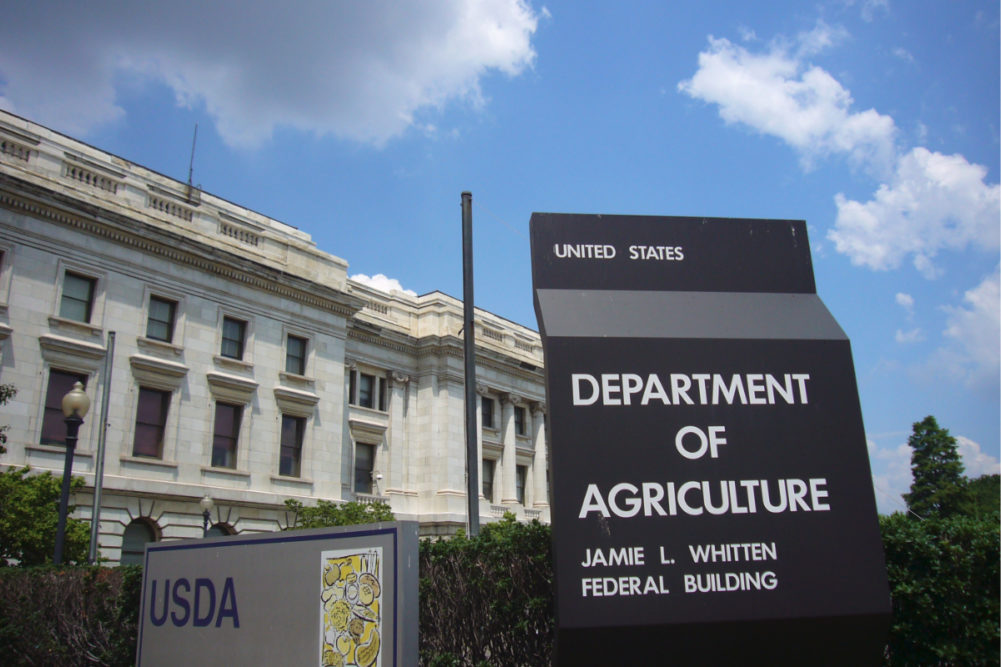WASHINGTON — Employees of the US Department of Agriculture’s Economic Research Service were hopeful that the change in federal administration will help revitalize the agency, enabling it to better conduct research and publish information valued by farmers, ranchers and the broader agriculture community, Laura Dobson, acting vice president of Local 3403 of the American Federation of Government Employees, told Milling & Baking News.
“All of us want the most effective federal government possible, government that puts taxpayer dollars to best use,” Ms. Dobson said.
In the case of the ERS, this would require restoring the workforce to levels that prevailed before the transfer of agency employees to Kansas City from offices in Washington in early 2020 and the departure of scores of veteran researchers and scientists who were unable or unwilling to make the move.
Additionally, the ERS should be headquartered in Washington and to the extent possible seek to reemploy experts who left the agency to pursue other opportunities in the Washington area, while maintaining an office in Kansas City for employees who made the transfer as well as those newly hired from the Kansas City area, Ms. Dobson said.
The Trump administration asserted the transfer of ERS employees to Kansas City was aimed at bringing the agency closer to the people it served — farmers and ranchers — and to take advantage of the facilities and expertise of land grant universities in the Midwest, from which it said the ERS would be able to draw new employees to replace those who left the agency.
At the same time, the Trump administration in its proposed budgets made no secret of its intent to reduce funding for the ERS and the scope of its research activities. Congressional critics of the transfer to Kansas City asserted the move accomplished those ends while circumventing the budgeting process.
Very few ERS employees made the transfer to Kansas City. A spokesperson for the USDA told Milling & Baking News, “As of Sept. 30, 2020, ERS had 15 new employees and 16 relocated employees in Kansas City with 74 employees permanently remaining in DC along with 38 additional employees that had delayed relocation orders.”
The spokesperson said both the ERS and the National Institute of Food and Agriculture, which also relocated most of its employees to Kansas City, continue to use reemployed annuitants, short-term contract support, and employees on detail from other agencies “as part of the Department’s strategy to ensure mission continuity through the transition.”
Through these means, the USDA spokesperson said as of the pay period ended Dec. 5, 2020, the ERS had 135 positions occupied in Kansas City, and NIFA had 184 positions occupied.
In the case of fulltime ERS employees, the current aggregated workforce left the ERS understaffed when compared with its pre-transfer congressionally authorized level of 330 fulltime employees.
Ms. Dobson said the existing workforce is overburdened because of the loss of so many experienced researchers and scientists. She said the same volume and quality of work cannot be produced by new hires fresh out of PhD programs.
Ms. Dobson said she hoped Tom Vilsack, President-elect Joe Biden’s nominee for secretary of agriculture, having served as secretary during the Obama administration, would restore respect for and confidence in the ERS.
She noted in the USDA during the Obama administration there was growing emphasis on encouraging teleworking, or employees working from home, to reduce the “footprint” of federal agencies.
Because of the COVID-19 pandemic, teleworking has become by necessity much more prevalent across government.
Offering this flexibility to former and prospective ERS employees in the Washington area may assist the new administration in reinvigorating the ERS, long considered the world’s preeminent center for agricultural research.






